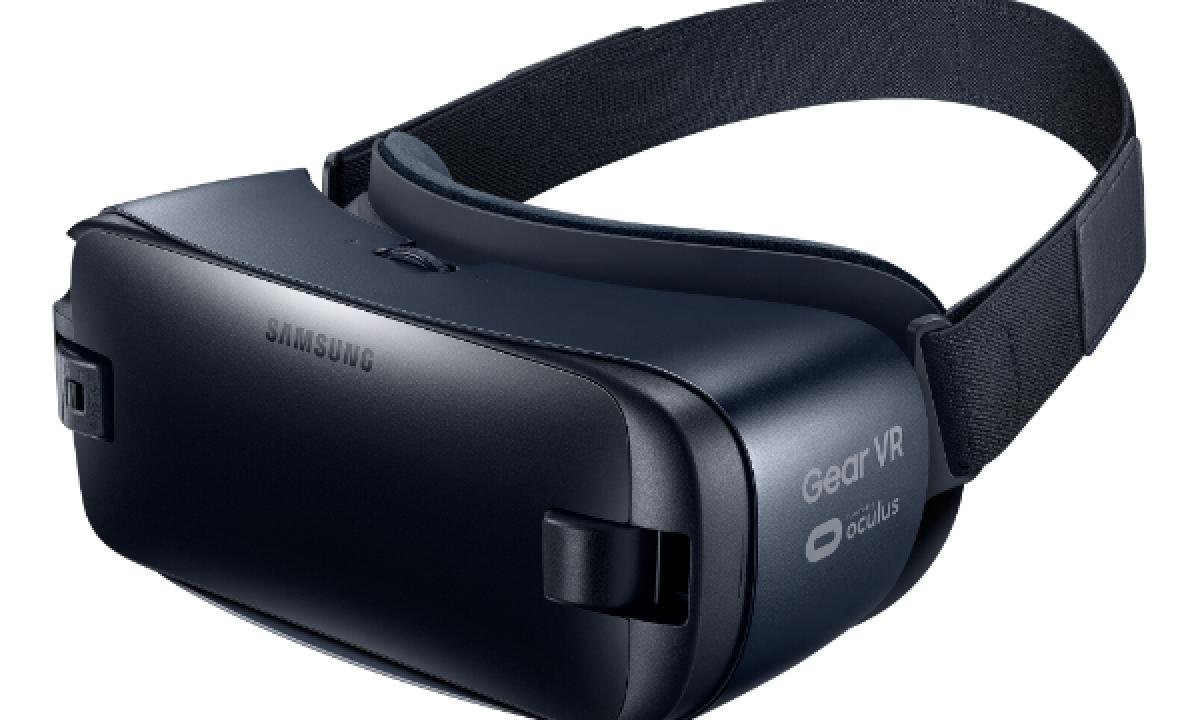New VR app allows users to adjust feel effects as per visuals

Scientists at Disney Research have developed a 360-degree virtual reality application that enables users to enhance their experience by adjusting feel effects - for instance, a light sprinkle or a heavy downpour - to complement the visuals.\"Virtual reality has seen a renaissance in recent years as advancements in computer graphics, computing platforms and the seamless flow of information between
London:Scientists at Disney Research have developed a 360-degree virtual reality application that enables users to enhance their experience by adjusting feel effects - for instance, a light sprinkle or a heavy downpour - to complement the visuals.
"Virtual reality has seen a renaissance in recent years as advancements in computer graphics, computing platforms and the seamless flow of information between hardware and software have come together in a powerful way," said Ali Israr, senior research engineer at Disney Research.
"Our team is working to make VR haptic sensations just as rich as the 360-degree visual media now available," Israr said.
The haptic definition app, called VR360HD, was developed and tested using a consumer headset and Disney Research's haptic chair.
The chair features a grid of six vibrotactile actuators in its back and two subwoofers, or "shakers," in the seat and back.
The grid produces localised moving sensations in the back, while the subwoofers shake two different regions of the body and can create a sensation of motion.
Users were able to select from a library of feel effects, also assembled and tested by Disney Research - a network of research laboratories supporting The Walt Disney Company.
These feel effects are identified with common terms such as rain, pulsing, or rumbling, and can be adjusted so that people can distinguish, for instance, between a light sprinkle and a heavy downpour.
"Current VR systems provide 'buzz-like' haptic sensations through hand controllers," Israr said.
"But technology exists for much richer sensations. We've created a framework that would enable users to select from a wide range of meaningful sensations that can be adjusted to complement the visual scene and to play them through a variety of haptic feedback devices," Israr said.
The research was presented at the ACM Symposium on Virtual Reality Software and Technology in Munich, Germany.















